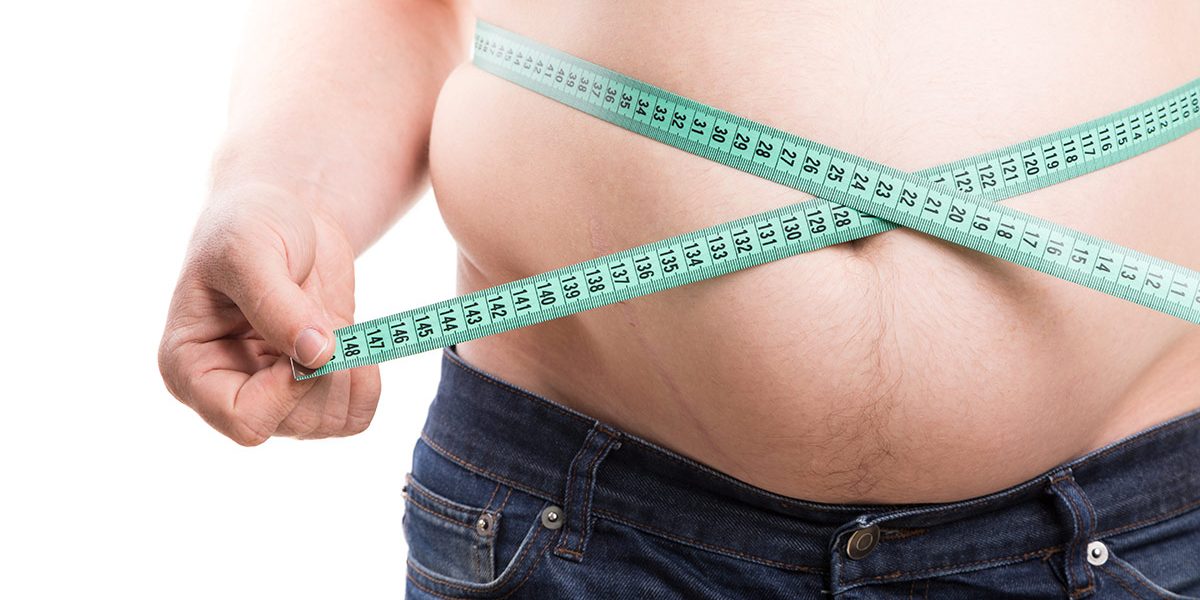Abdominoplasty

Abdominoplasty is the surgical intervention that tones the abdominal wall and removes excess skin from the abdominal area. It thus creates a thinner waist and a more toned abdomen. This intervention should not be regarded as a substitute for a proper diet or physical exercise. Abdominoplasty does not remove intra-abdominal adipose tissue, it only addresses subcutaneous tissue.
Who should ask for an abdominoplasty?
The intervention is aimed at people with a loose abdomen or whose excessive weight creates a crease above the pubis, creating a higher risk of skin infections and a poor quality of life.
You are a good candidate for this procedure if:
- You had one or more pregnancies that left you with loose skin, stretch marks and weakened abdominal muscles;
- You have lost a lot of weight;
- As you grew older, the tegument and abdominal wall have lost their firmness;
- You’ve had surgery in your lower abdomen, which led to lower abdominal denervation and loss of muscle tone.
Are there any tests required before the intervention?
Yes, pre-operative care includes a complete set of blood tests:
- Complete blood count
- Blood clotting tests
- ALT, AST, creatinine, urea, blood sugar levals
- Blood type
- Hepatitis B and C viral markers
- HIV Viral Marker,
As well as an ultrasound evaluation of the abdominal wall, to exclude / confirm a (ventral) hernia.
The surgery
After a thorough consultation and evaluation of existing health problems, allergies, surgical history and your expectations, we will start to mark the benchmarks between which we will remove the excessive tegument. Pre-operative photos are taken at different stages and then you are led to the operating room. You will be seated on the operating table, where a team of anesthetists (doctor and nurse) will take over your care. The surgical intervention starts when you are completely anesthetized and you will feel absolutely nothing!
An incision will be made in the lower part of the abdomen so that it can be camouflaged by clothing. During the surgery, the tegument and excess adipose tissue are removed, strengthening the abdominal muscles by folding the right abdominal muscles over the median line of the abdomen, followed by repositioning the navel as the skin is lowered. Abdominoplasty is often performed at the same time as a liposuction procedure on the abdominal or adipose tissue on the flanks (“love handles”).
Several types of sutures are then used to align the new abdomen, 2 drainage tubes are installed, and at the end of the surgery the incision will be covered with surgical adhesives, no suture removal being required later.
You will be taken to your room, after having an elastic belt placed around the abdomen.
What complications can occur after an abdominoplasty?
The most common complications, as in the case of any major surgery, are: bleeding, infection, suture rupture or surgical wound dehiscence (wound separation).
Other complications associated with tummy tuck:
- Delayed healing
- Decreased or absent sensitivity in the abdominal wall
- Asymmetry, by excessive correction of one half of the abdomen
- Hypertrophic or keloid scars
- Recurrent looseness of skin
- Hematoma (collection of blood below the suture or abdominal wall)
- Deep vein thrombosis
Each of these complications can be prevented through specific measures taken pre / intra and post-surgery. (example: temporaryily or permanently stop smoking, as it delays healing and increases the risk of dehiscence; use of intraoperative compressive garments to reduce the risk of deep vein thrombosis; drainage tube fitting to prevent hematomas etc.).
Recovery
The first week will be the most unpleasant. You should keep your upper body slightly bent when you walk so as not to put pressure on the sutures. Do not overexert yourself, sleep on your back or slightly on your side. Any physical discomfort will be eased by the drugs prescribed to you when you’re discharge.
When discharged, you will be given 2 drainage tubes, which collect any excess fluid from the abdomen. They will be removed in the following days.
After 2 weeks, the surgical tape which seals the subcutaneous sutures will be removed, and you will start applying healing creams.
At this point in time, you should be able to resume your normal schedule.
You will wear an elastic compression garment around your abdomen for 4 weeks.
If you have difficulties following a diet, we recommend you take nutritional advice from a doctor with expertise in creating proper diets for you.
The result is very long lasting, allowing you to maintain a normal weight during this time. It is important to have a balanced diet – otherwise excessive fat will reappear.
